Change is nothing new to the Massachusetts Daily Collegian.
Exactly one year ago, on Dec. 13, 2017, we announced our decision to cut back on print production from four nights a week to two. At the start of the following semester, we unveiled our brand-new website that was years in the making. In the fall of 2018, we reduced our print production again from two nights a week to just one.
But the change ends there, at least for now.
When the University of Massachusetts told us it would need our office space to be used as storage during the construction of the new Student Union, we were devastated. The Collegian has been in that office for over 40 years and sure, the room definitely looks its age, but that room also carries a legacy.
As a staff, we spent the last week of production clearing out our space. We chose the chairs that we liked the best. We contemplated the mechanics of removing the War Room door from its hinges. We went through the archives and labelled the file cabinets that we wouldn’t need.
And most of our time was spent taking mementos off the walls — photographs, AP style reminders, news clippings, InDesign tips, covers from old special issues.
But while a lot of the images and clippings were from recent years and could only be explained by the older staff members, there were even more images and inside jokes that were a mystery to us all.
The black and white printout of Brian Williams. The framed photograph of staffers who graduated just a year or two before today’s seniors were around. The bottles on the back cabinet that must have been placed there when the drinking age was 18 (or maybe not).
People were at the Collegian long before us, and they left their mark on that space. They told jokes we’ll never hear, wrote stories we’ll never read and faced struggles we’ll never know about. But they did those things in the same newsroom that we occupy today.
And they were not happy to hear that we were leaving.
Mere hours after the letter to the editor detailing our forced removal from the newsroom was published, our alumni sprang into action. The story blew up on Twitter, and the people ordering our eviction were bombarded with emails and phone calls.
Within hours, the newsroom was ours again.
Entering into journalism, you have to be comfortable with change. The biggest newspapers in the country, such as The New York Times and the Wall Street Journal, have struggled with ad sales. Journalists have been murdered in America and abroad. The president has called the media “the enemy of the people.” The industry is in a defining moment, and it is reinventing itself rapidly.
As a college newspaper, we have had to roll with the punches and change with the times. We’ve become more digital-centric, we’ve spent less time working on our print production, we’ve upped our social media game and we’ve put more emphasis on podcasts and videos.
And one day, we will have to leave our newsroom. When the new Student Union is finished, a project that is expected to be complete in the fall of 2020, the Collegian will move to a new home — a consolidated media center that will be shared with UVC-TV19 and WMUA. New memories will be made, and new challenges will be faced.
But one thing that will never change is the support that Collegian staffers have for each other. The outpouring of encouragement we felt in those hours when we were saying goodbye to our newsroom was humbling, and it was representative of the lasting impact this small newspaper has had on so many lives.
To the alumni that came out in droves to support us, we vow to continue to produce great journalism. We vow to continue to learn and grow as journalists, students and people. We vow to continue adapting to the world around us and adapting the newspaper that we all love as well.
And we vow to continue to do so in our dusty, windowless basement office — for now.
This unsigned editorial represents the majority opinion of The Massachusetts Daily Collegian Editorial Board, members of which can be reached at [email protected].










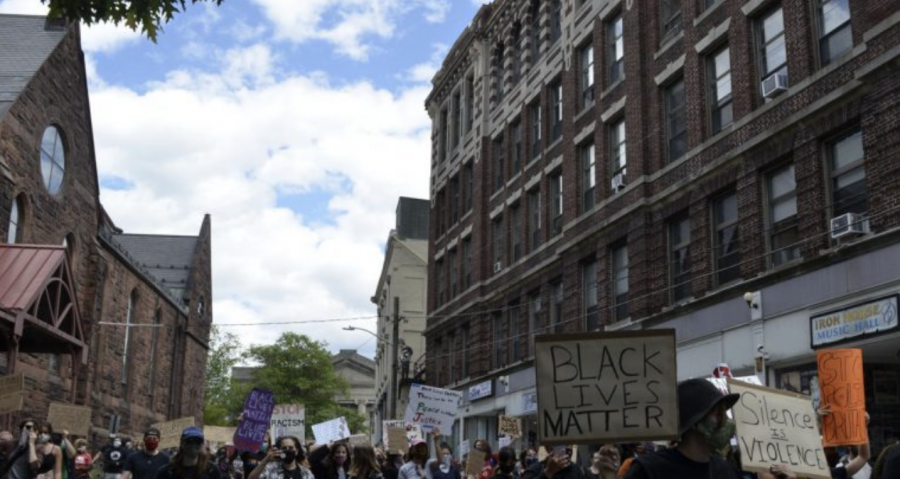

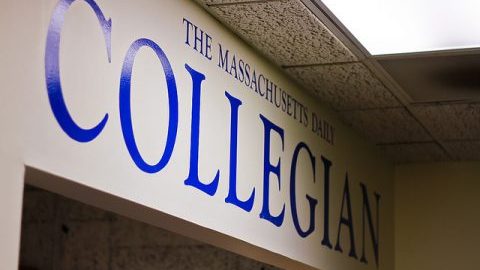


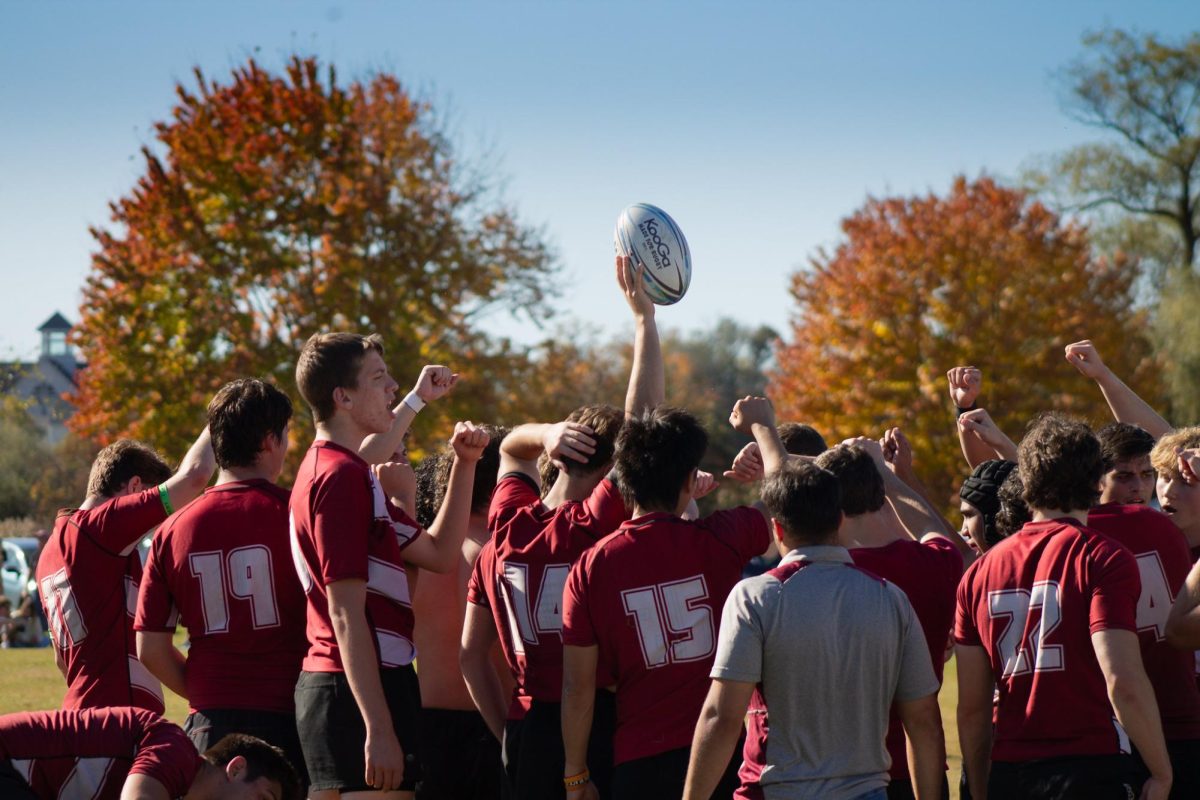
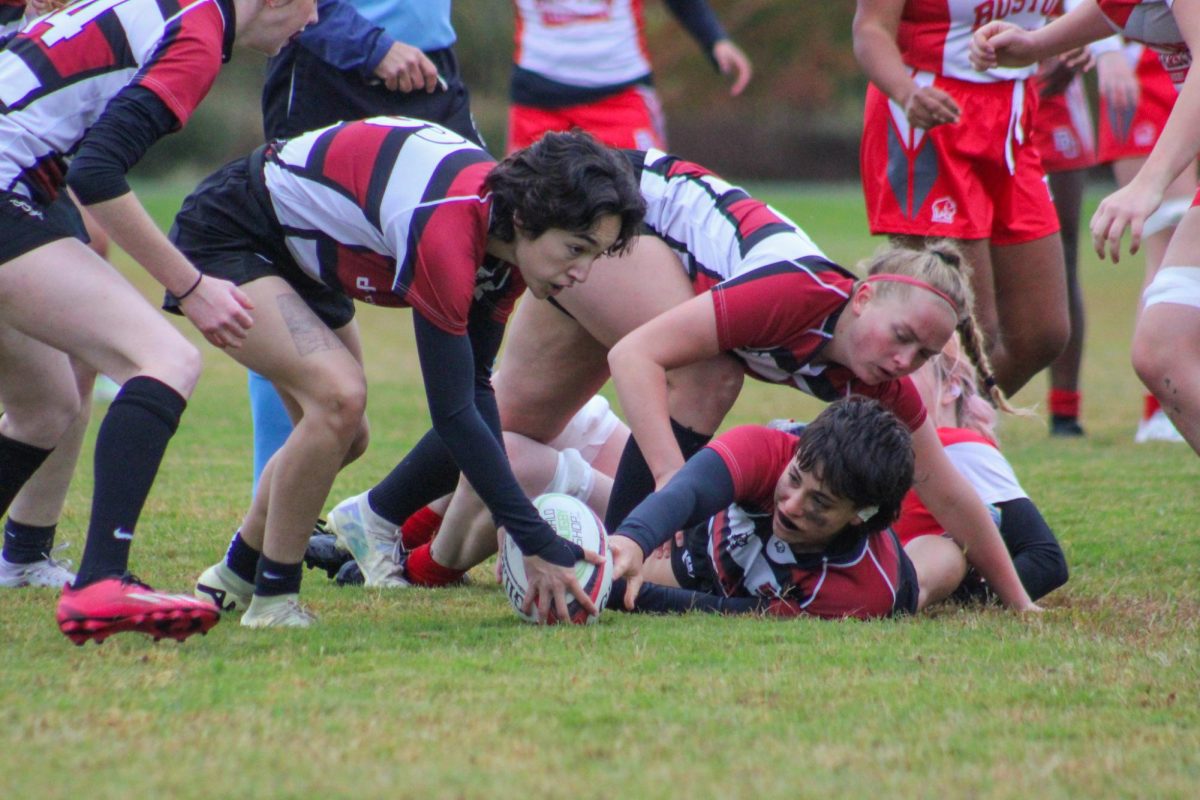
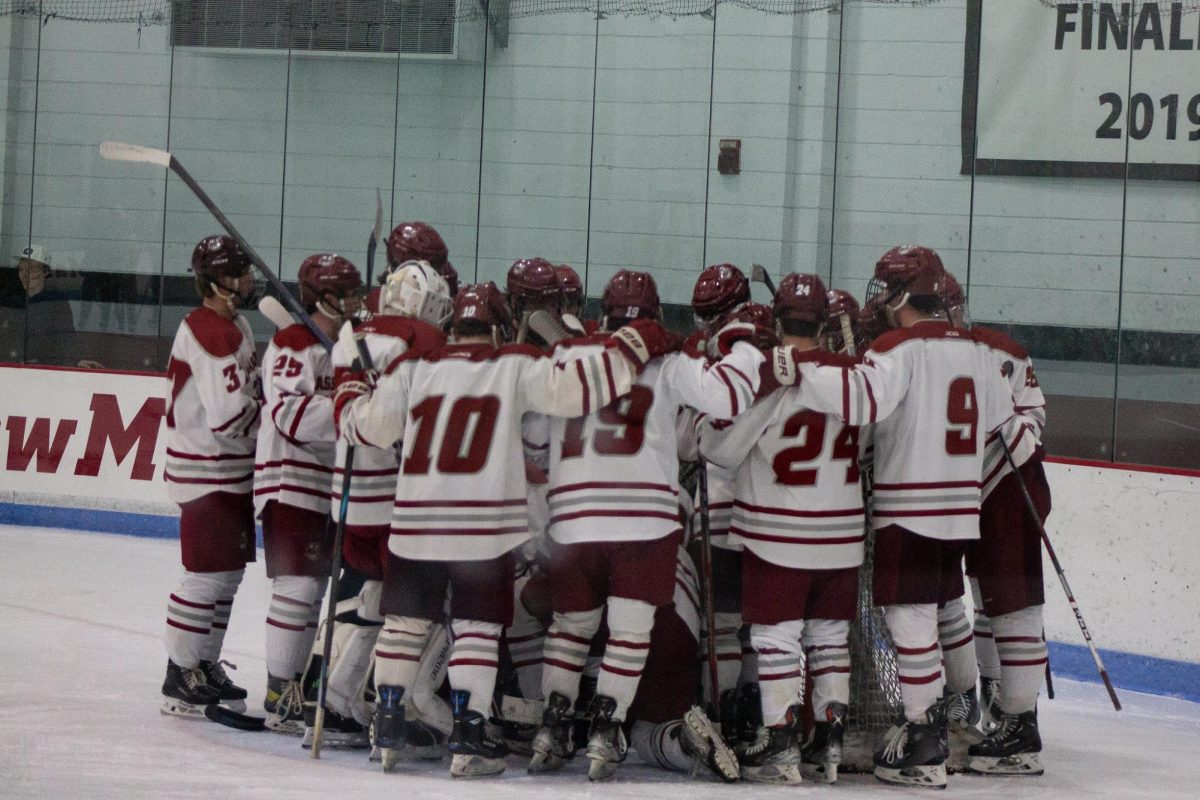

Ed Cutting • Dec 24, 2018 at 10:52 am
However, in fairness to UMass, digital technology means that the Collegian simply does not need the amount of space that it did in the 1970’s. One can make “camera-ready copy” on a laptop.
Back then, “cut & paste” was literally that, physically cutting pieces of paper and then using wax to lay them out so that the printer could physically take a picture of them. Photos involved photographic film which had to first be developed (a 3-stage chemical process) and then printed in a related 3-stage chemical process — there were no digital cameras let alone photoshop.
Wire services (i.e. AP) were literally that — teletype machines that continuously typed on a roll of paper and spit it out on the other side — anything you wanted to use you had to first find and then manually retype yourself.
I’ll never forget when someone put her then-state-of-the-art 5″ floppy disk under her phone (which had a real bell in it) and it got erased when the phone rang — that was computer storage back in the days before computers had hard drives, before there was a “cloud” to store stuff in. Most everything was in hard copy – on paper – and there were stacks of it everywhere. Some in filing cabinets, most not, and you had to manually go through it to find things.
Cartoons used to come in on a bi-weekly basis on paper through the US Mail, as did newspapers from other colleges. Again, more paper that had to be stored and sorted through — manually.
Digital technology simply does not require all the space that was required with the older manual production methods.
Ed Cutting • Dec 14, 2018 at 11:59 am
It wasn’t even a bus stop — it was a trolley stop from the street railroad that used to run along there — North Amherst was a turn around which is why the roadway is like that with the stub street off to the left. And the trolleys stopped running in the 1930’s…
It was a historical building. As was the Experiment Station, as was the Chapel, etc…..
J. • Dec 13, 2018 at 10:26 pm
Listen to your alumni, UMass. Remember when you destroyed that historical bus stop and pretended that it was an accident? I’ll never forget that. I don’t recognize UMass anymore. I don’t share its values. It’s fixated on short-term, expensive goals. I see it trying to destroy the Labor Center and the humanities, and sucking up to corporations. What is this place? This is not where I went to school. Now UMass unthinkingly tries to oust the Collegian, with next to no notice, from a space dear to alumni. UMass rises in the rankings and yet it sinks deeper and deeper into the toilet. UMass, you’re not going to get money from the legislature, so I suggest you start listening to your graduates before we turn our backs on you entirely. Do something to make me think you won’t waste my donation. Grow a spine.